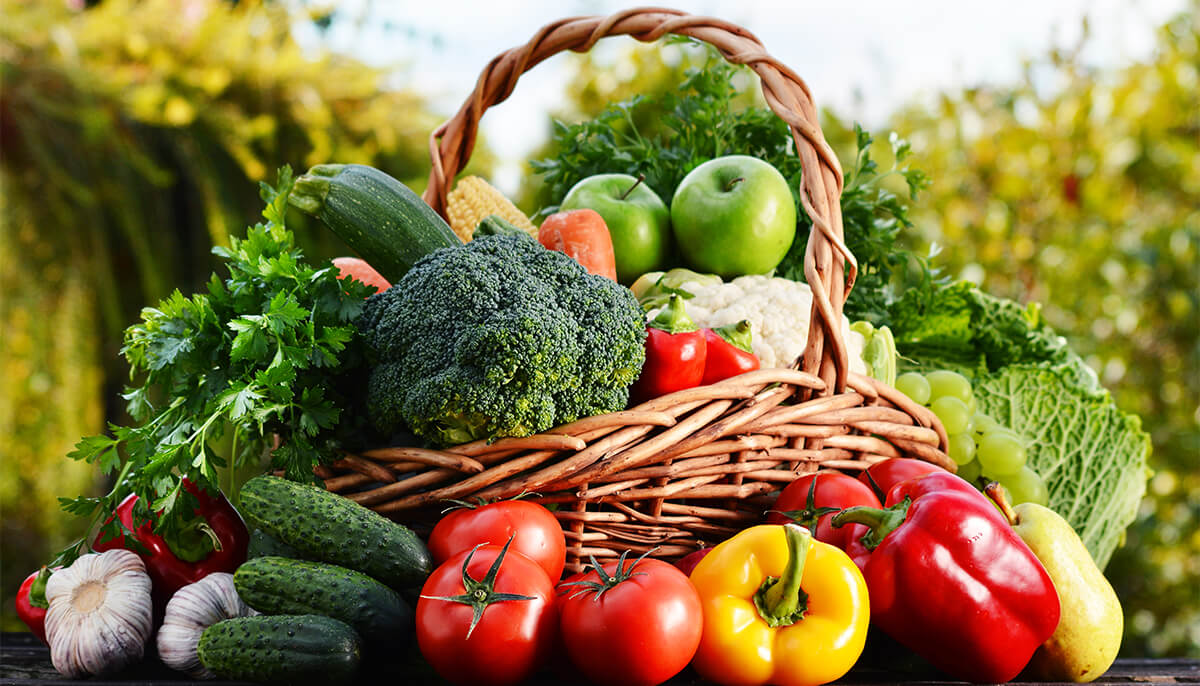What are the benefits of vegetables in a healthy eating pattern?

Including vegetables as part of a healthy eating pattern can reduce the risk of some chronic diseases, including heart disease and type 2 diabetes, as well stroke and cancer. USDA's MyPlate includes all vegetables and 100% vegetable juice in this group. Vegetables can be raw or cooked, and they can be fresh, frozen, canned or dehydrated. This offers a wide variety of options for meeting daily and weekly intake recommendations.
MyPlate divides vegetables into the following subgroups: dark-green vegetables, starchy vegetables, red and orange vegetables, beans and peas, and other vegetables. Foods from every subgroup do not have to be consumed daily; instead, they can be incorporated into a weekly eating pattern for optimal health.
| Age | Number of Servings | |
|---|---|---|
| Children | 2–8 Years | 1-1.5 Cups |
| Girls | 9–18 years | 2–2.5 cups |
| Boys | 9–18 years | 2–3 cups |
| Women | 19–50 years | 2.5 cups |
| Women | 51+ years | 2 cups |
| Men | 19–50 years | 3 cups |
| Men | 51+ years | 2.5 cups |
Vegetables are an important part of a healthy eating pattern and are excellent sources of many nutrients, including potassium, fiber, folate (folic acid) and vitamins A, E and C. These nutrients are vital for overall health and maintenance of body systems:
Find out more about the relationship of a healthy eating pattern and activity to overall health by visiting the Healthy Eating page. For online learning activities, check out the nutrition resources for online learning page.
Maria Frye, RDN, explains how to select the optimal preserved food types as part of healthy eating.
Watch hereLearn more about the next food group.